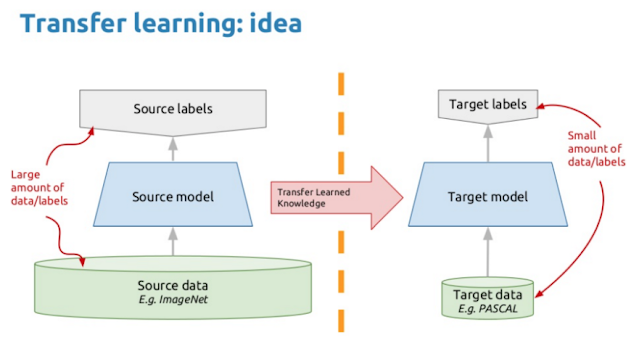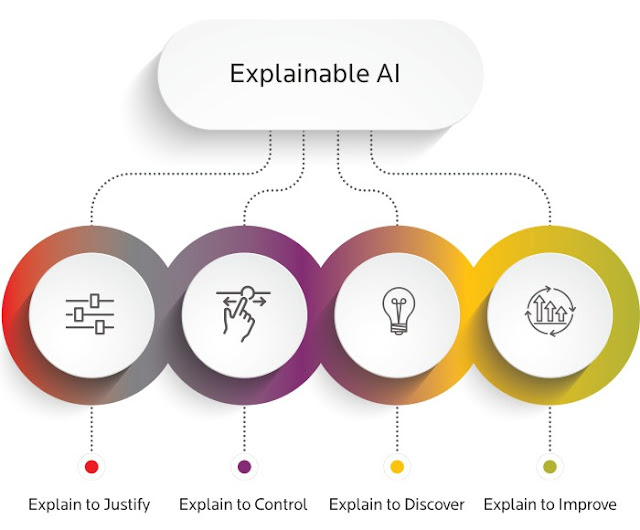Machine learning
Machine learning is a subfield of artificial intelligence that involves training algorithms to learn patterns in data, with the goal of making predictions or decisions about new data.
One of the earliest pioneers of machine learning was Arthur Samuel, who coined the term "machine learning" in 1959 and developed the first checkers-playing program that could learn from its own mistakes and improve its performance over time
Machine learning is based on the idea that machines can learn from data, identify patterns and make decisions with minimal human intervention.
Different types of machine learning
- Supervised learning
- Unsupervised learning
- Reinforcement learning.
Supervised learning :- The machine learning algorithm is trained on labeled data, where the desired output is known, so it can learn to make predictions on new, unseen data.
Unsupervised learning :- The algorithm is trained on unlabeled data and learns to identify patterns and structure in the data.
Reinforcement learning :-Involves an agent learning to make decisions in an environment, by receiving feedback in the form of rewards or penalties based on its actions.
Some popular machine learning algorithms :-
- Linear regression
- Decision tree
- Neural networks
- Support vector machines among others
The success of machine learning depends on the quality and quantity of data used for training the algorithms, as well as the expertise of the data scientists and machine learning engineers who design and implement the algorithms. With advances in computing power, data storage, and data processing capabilities, machine learning is becoming increasingly powerful and pervasive, with the potential to transform many aspects of society and industry.
MORE DETAILS
Deep learning: Deep learning is a type of machine learning that involves using neural networks with many layers to learn complex patterns in data. Deep learning has been successful in areas such as image recognition, natural language processing, and speech recognition. Ongoing research in deep learning includes developing new architectures, improving training algorithms, and addressing the issue of interpretability.
Transfer learning: Transfer learning is the idea of using pre-trained models to solve new tasks with less data. This can save time and resources, as well as improve performance. Transfer learning has been successful in areas such as computer vision, natural language processing, and speech recognition.
MORE DETAILS
Deep learning: Deep learning is a type of machine learning that involves using neural networks with many layers to learn complex patterns in data. Deep learning has been successful in areas such as image recognition, natural language processing, and speech recognition. Ongoing research in deep learning includes developing new architectures, improving training algorithms, and addressing the issue of interpretability.
Transfer learning: Transfer learning is the idea of using pre-trained models to solve new tasks with less data. This can save time and resources, as well as improve performance. Transfer learning has been successful in areas such as computer vision, natural language processing, and speech recognition.
Generative models: Generative models are a type of machine learning model that can create new data that is similar to the training data. This has applications in areas such as image and video synthesis, text generation, and music generation.

Federated learning: Federated learning is a distributed machine learning approach where multiple devices or systems train a model together, without sharing data. This can improve privacy and security, and reduce communication costs. Federated learning has applications in areas such as healthcare, where patient data is sensitive.

Explainable AI: Explainable AI is an area of research that focuses on making machine learning models more transparent and interpretable. This is important for applications such as healthcare and finance, where decisions made by machine learning models need to be explained to humans.

Federated learning: Federated learning is a distributed machine learning approach where multiple devices or systems train a model together, without sharing data. This can improve privacy and security, and reduce communication costs. Federated learning has applications in areas such as healthcare, where patient data is sensitive.

Explainable AI: Explainable AI is an area of research that focuses on making machine learning models more transparent and interpretable. This is important for applications such as healthcare and finance, where decisions made by machine learning models need to be explained to humans.
Conclusion:
Overall, machine learning is a rapidly evolving field with many ongoing areas of research and applications. As more data becomes available and more powerful computing resources become available, machine learning is likely to become even more powerful and impactful in the coming years.

.png)





